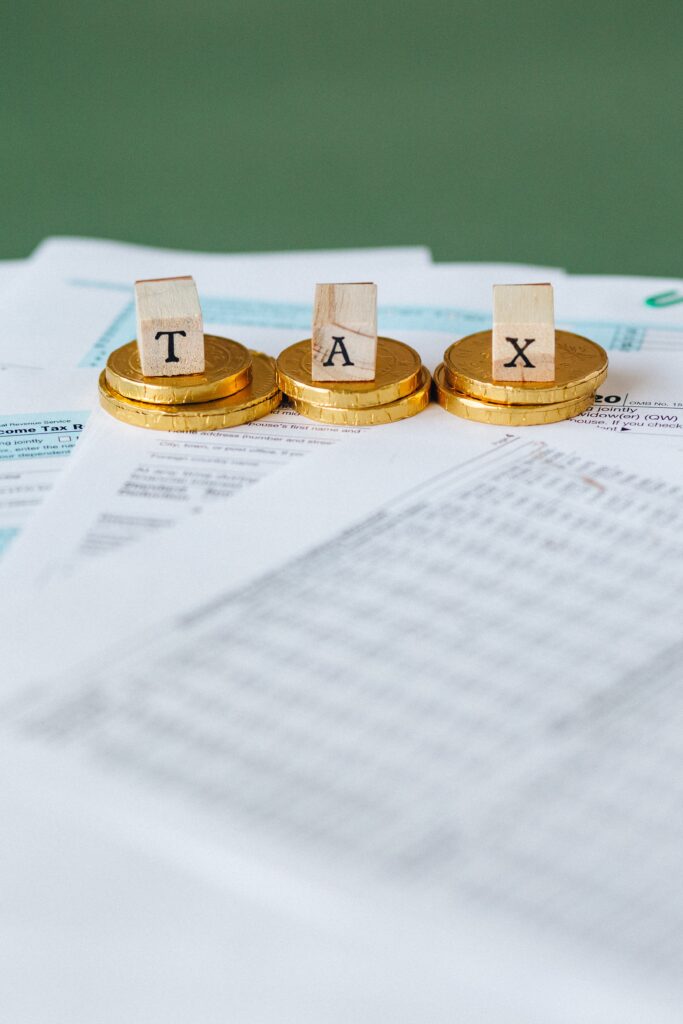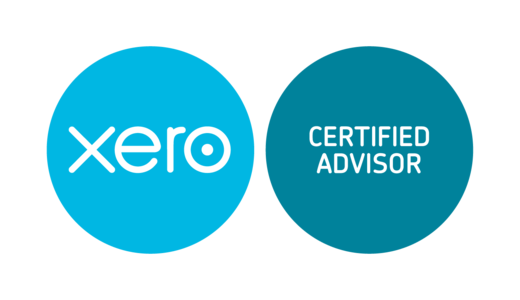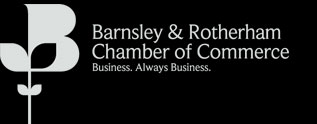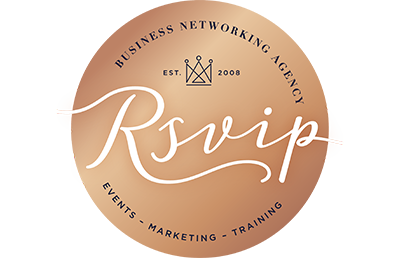
Businesses and the self employed should start preparing for the next stage of digital tax before its introduction in 2023. HMRC’s ‘Making Tax Digital’ will already be familiar for VAT-registered businesses who now must keep and submit their records to HMRC using complaint software. Next Stage of Digital Tax expands the scheme to hundreds of thousands more businesses and people.
What is Making Tax Digital?
The scheme is being promoted as making it easier for individuals and businesses to keep on top of their tax. Although you might cynically suspect it also helps the HMRC too. They suggest that ‘avoidable mistakes’ cost the Exchequer £8.5 billion in 2018-19. They are understandably keen to help people avoid making mistakes that mean they pay less tax!
The new system will require people to have software that is compliant with HMRC systems to maintain and update their financial records. There will be a requirement to submit updates to HMRC quarterly, as well as a final, annual return.
Who will be affected?
VAT-registered businesses are already required to keep the necessary digital records for Making Tax Digital. They will be submitting the first records in 2022. For the next stage, a whole swathe of other people will join them to record their income tax.
From 2023 the self-employed, partnerships, and landlords that have an annual income of more than £10,000 will need to start keeping the digital records, ready for submission. Businesses will need to submit corporation tax returns from 2026.
For many people; this means they should start thinking about how Making Tax Digital will affect them and what they need to do now. While it might seem a long way away, it will soon arrive and might require significant changes to their current processes.
What will it need?
While those affected should already be keeping records, the system will require submission by software that is compliant with Making Tax Digital. There is no guarantee that the system you currently use will meet the HMRC requirements.
The HMRC are providing a list of applications that can be used for income tax. The list is short and, notably, many common and popular platforms are not on it. The selection of compliant software will grow as the deadline approaches. Those who need to submit returns will need to identify and test the software they use in plenty of time.
What do I need to do?
Being prepared is the main step you need to take now. Like any tax change it might seem like it’s in the far future. However, it will arrive much sooner than you think, and the changes are significant.
For many people and businesses, it will mean moving from an annual to a quarterly tax cycle and may need changes to their record keeping. It’s also possible that some will need to change their accounting software to ensure they can submit returns. And, if there’s any doubt or concerns, it’s better to talk to a tax professional as soon as possible: otherwise, you might be on the wrong side of an HMRC penalty.
Next steps
Call us on 0114 345 0960 or email info@millhouses-accountancy.co.uk for queries.
Read more on our Blog.






